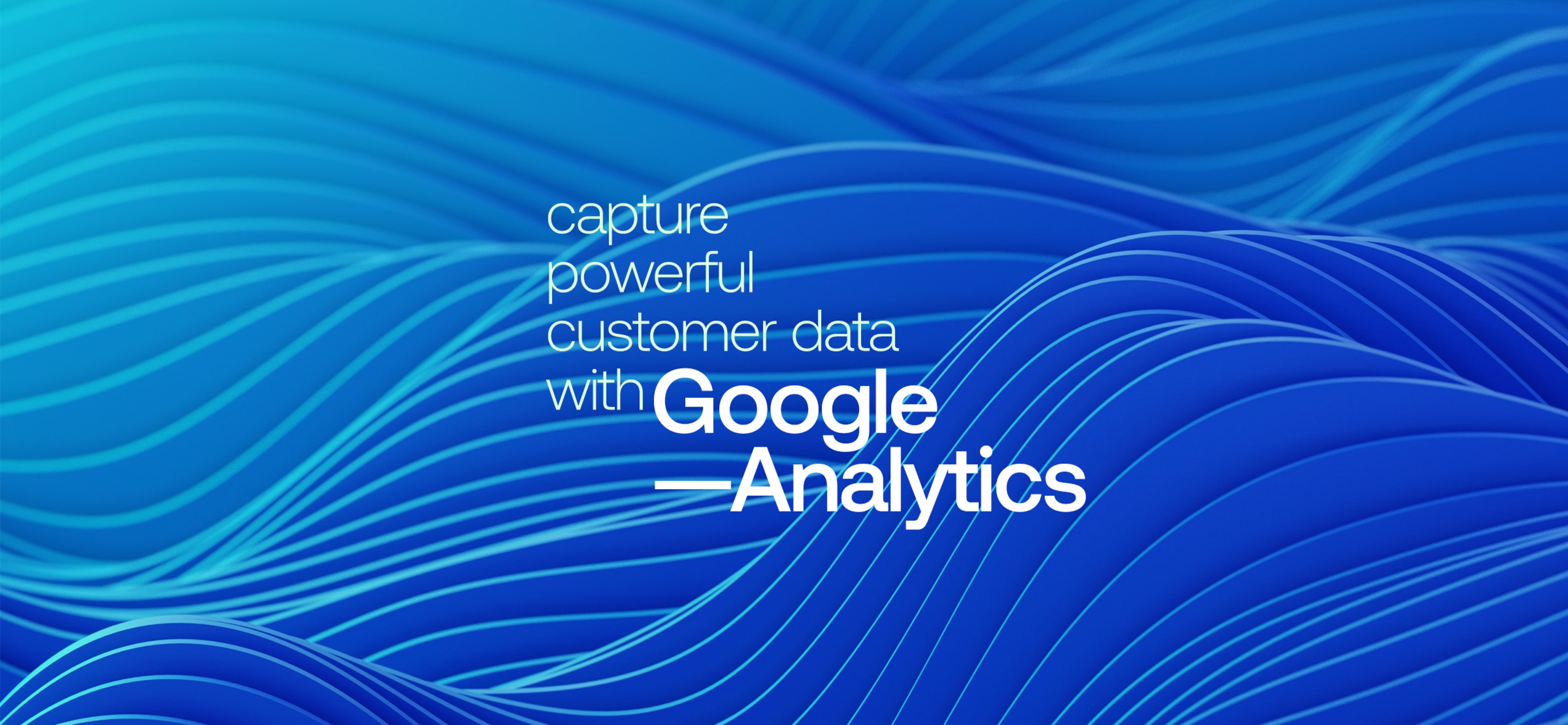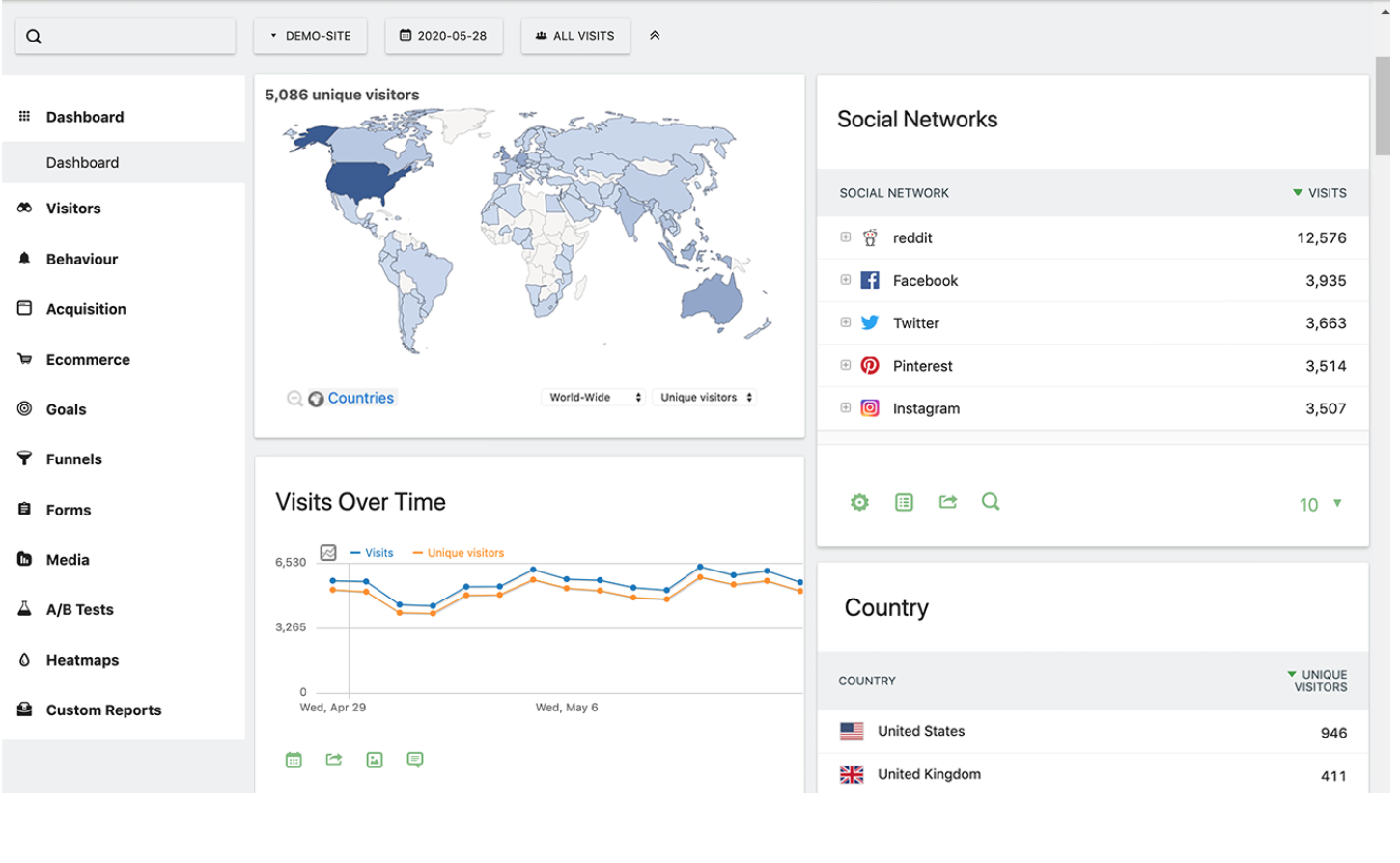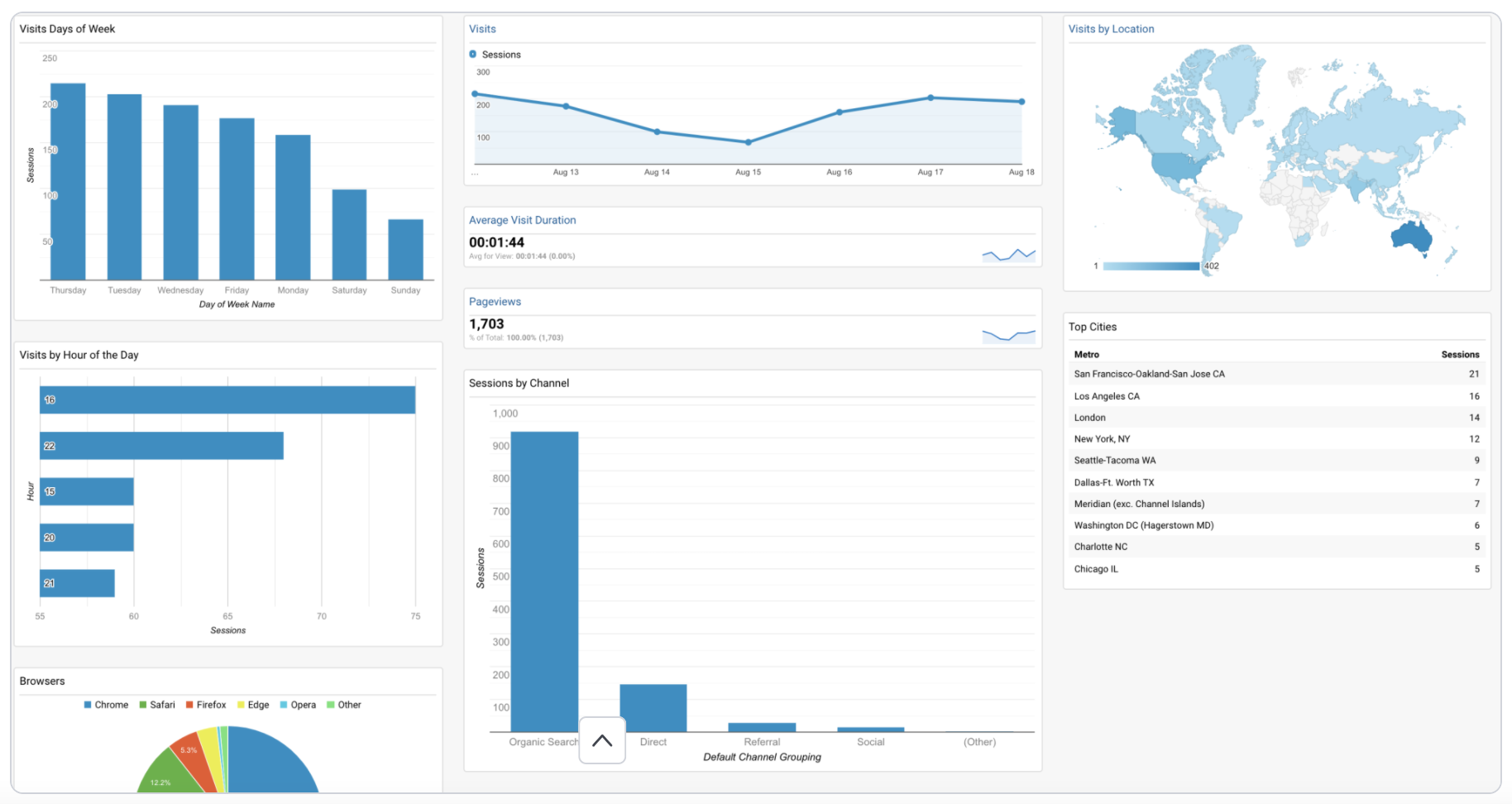
We live in a world of fast-moving data. Data about customers. Data about product offerings. Data about the way customers interact with those product offerings. This data is transient and fluid. And it is very powerful.
Harnessing data about how customers interact with your website provides real time visibility into the success of your marketing efforts and gives you more granular information about what is (or is not) driving customer engagement.
This data informs your conversion tracking, marketing efforts, website optimization and much more. Because so much market activity happens online, understanding your digital reach and impact is critical. Let’s look at how Google Analytics brings strength to your data analytics.
Capture powerful data with tags
Tags are one of the most powerful tools for metric-driven analytics. Installing tags on your website is an effective way to rapidly gather detailed data to analyze your digital efforts. And if we measure the impact of our activities, then we can take iterative, informed steps towards achieving our goals.
What are tags?
Tags are short snippets of code that are attached to a document, webpage, or digital file. They act as tracking devices for digital interactions. Tags provide information about the people who visit your website and what they did during their visit.

Google Analytics helps measure your website’s performance, monitor your marketing efforts, identify compelling website content, segment user groups, and optimize webpages to boost conversion.
Google Analytics (GA) is tag-based software that tracks website performance and collects visitor insights.
Once GA tagging code is placed on a website, it pulls in raw tagged data and creates visual, informative graphs, trend lines and charts that make it easy for you to track things like user demographics, time spent on site, and bounce rate. These analytics help you identify trends and patterns in how visitors engage with your website content.
Tracking data informs your marketing decisions and enables benchmarking and goal setting for individual campaigns. It is your front line for understanding how your audience interacts with your messaging. You can learn where they are from, what holds their interest and where they might be losing interest. Taking early stock in this information gives you the upper hand on responding and remaining agile in the marketplace. Measuring data becomes a powerful way to communicate the status and impact of your campaigns.
This example Google Analytics dashboard reveals target audience demographics. Tracking new business activity is important for your marketing spend. Once you understand where the bulk of your business comes from, you can focus your marketing efforts appropriately.

If you are new to Google Analytics, there are many resources to help you create an account, implement tracking code, and set up data filters. They also demonstrate how to navigate the reports and set up dashboards. Check out some additional information here.
For self-guided installation instructions right on the Google Analytics website, go here.
If the self-service model isn’t right for you, working with a digital partner can help ensure that your Google Analytics implementation is optimally set up from the start, and tracking the things you care about to allow you to make good decisions for your business.
Want to fast track your data analytics efforts? Our GA/GTM Digital Analytics Assessment is designed to set you up with a strong analytics foundation. Reach out today for a no-risk conversation.